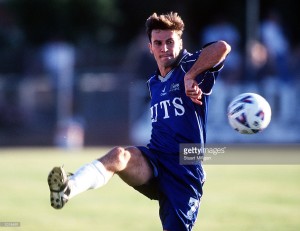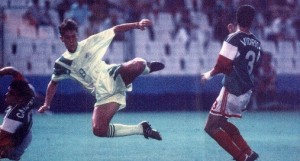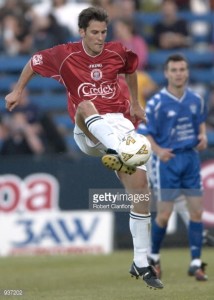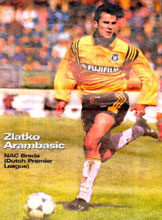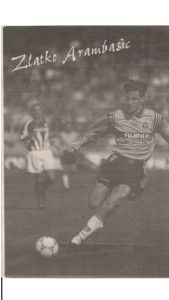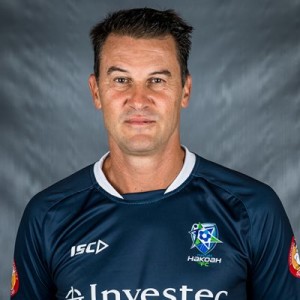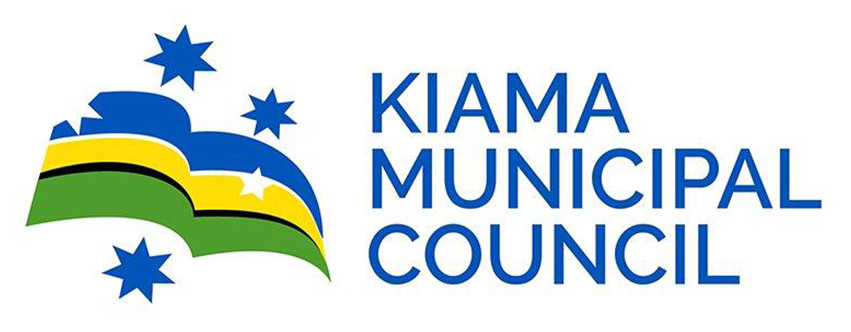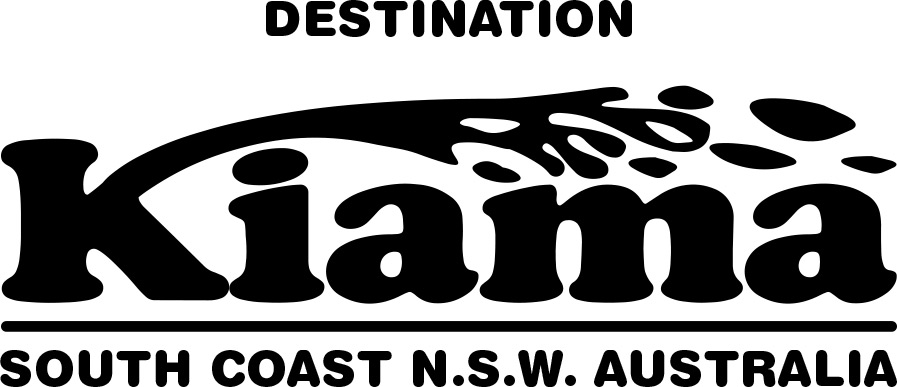Zlatko Arambasic, the Hakoah first team assistant coach, was part of a golden generation of players who developed under the tutelage of former Australian youth coach, Les Scheinflug, in the late 1980’s.
Although he only played one match for Australia against Moscow Torpedo in 1990, Arambasic had a successful career from 1990-1999 in Belgium and France, scoring forty four goals in eighty four first team appearances
Arambasic is in his second season as assistant coach to Gavin Rae and is learning quickly the demands of NPL NSW Men’s.
In this interview with Roger Sleeman, Arambasic talks about his early career in the game, his experiences representing Australia, his take on the Hakoah club and the current NPL season.
ROGER SLEEMAN
It’s a long time since you made your NSL debut for Canterbury as a sixteen year old in 1986.
Do you still have that same thirst and craving for success in the game as a coach.
ZLATKO ARAMBASIC
Very much so, even though I was absent from senior coaching for a long time.
When Hakoah was promoted to NPL NSW Men’s , the offer to become assistant coach to Gavin Rae at the top level was morale boosting.
However, I’d never really been out of the game as I was the Director of Football at Trinity Grammar School in Sydney when we won the Bill Turner Cup(u/15 State) against 5 Sports High School in 2013.
Incredibly, we were the first independent school ever to win the competition.
I also started a striking school which was very successful.
R.S.
Your last senior coaching role was at Sydney United in 2005.
Can you explain the circumstances behind leaving the club at the end of that season?
Z.A.
We won the Waratah Cup in that year but lost against Bonnyrigg in the League which was not accepted too well by our hardcore supporters as they turned against me and the team.
Due to the crowd disturbance at this match, the club was kicked out of the League.
Immediately, the club took out an injunction against the League which proved successful and we were re-admitted one week later.
We finished a creditable fourth in the League but we were going to lose some players to the A- League, including Labinot Haliti, so taking all the events into account, I decided to move on.
R.S.
While you were at Sydney United, you were instrumental in creating a career path for Socceroo captain, Mile Jedinak.
Can you explain?
Z.A.
I’d like to think I had some input into Mile’s early development because people thought he was better playing as a central defender.
However, I could see he had this ability to read the game, matched with a great distribution rate.
Added to his outstanding tackle count, I believed he was the perfect holding midfielder and persevered with him in that position which reaped great benefits for the club.
The rest is history.
R.S.
Despite your long nine year experience playing in Belgium and France, you only represented Australia in one match against Moscow Torpedo.
Why didn’t you get further chances?
Z.A.
In the early nineties, Australia was playing mainly against club teams and after I’d played against Moscow Torpedo, I moved to Mechelen in Belgium.
Australia was still in Oceania and it would’ve been hard for me to get a release from my club.
Maybe, if I’d stayed in Australia I would’ve received further call ups but at least I did play in the Barcelona Olympics.
R.S.
While you were watching Australia play in the World Cup, you must have felt for Dimitri Petratos, Massimo Luongo and Jamie McLaren who got no playing time.
What are your thoughts about these glaring selections errors when you relate your experiences at the 1992 Barcelona Olympics?
Z.A.
Football is a tough game and it can be gut-wrenching.
In Barcelona, we were beaten by Ghana in the first match so we had to get a result against Mexico in the next match to stay in the tournament.
Fortunately, I scored the only and winning goal against Mexico in a 5-4-1 formation but only found out from a team-mate, four hours before the final group game against Denmark, that I hadn’t been selected.
I voiced my feelings to coach, Eddie Thomson, after the Denmark match and only got thirty minutes against Sweden in the quarter finals but due to the previous events, I didn’t perform to my best.
In the semi-final against Poland, I only came on as a substitute in the last ten minutes when we were trailing 6-1 and wasn’t selected for the third and fourth playoff match.
In the qualifying series, I had played the full match against Holland and was ready to attack the ball in the Dutch penalty area when Ned Zelic miscued his cross to score that memorable near post goal which qualified us for Barcelona.
I was in Thomson’s plans and he told me I was his number one striker but once we got to the Olympics, things changed.
I would not doubt Petratos, Luongo and McClaren wouldn’t have felt great while sitting on the bench and it’s hard to wish your team the best when you don’t have an opportunity to contribute on the park.
Luongo was the best Australian player against Colombia and played the full match in the big win against the Czech Republic, Petratos was one of our better performers in the 4-0 loss to Norway and surprisingly McClaren was lucky to make the final squad, despite his hat-trick for Hibs v Rangers.
Only the Australian coaching staff could explain these non-selections and they didn’t do a very good job of that after Australia’s elimination in Russia.
R.S.
What is wrong with our youth development when you consider Daniel Arzani is the only player of note to have emerged of late?
Z.A.
I believe the system is over structured and although the coaching is more professional, individual flare is stultified.
In my junior days, we were allowed to express ourselves after witnessing the talents of Peter Katholos, Alan Davidson, Jim Patikas, David Mitchell, David Lowe, Eddie Krncevic, Marshall Soper and Rod Brown to mention a few.
I look at the standard of youth football today and I believe the true point of difference is, there’s not a large talent pool to enable transition to the senior game.
However, to be fair there are less chances available, whereas I made my first team appearance in the NSL at Canterbury when I was 16 years and 9 months.
I was part of the 1989 National Youth Team under Les Scheinflug which included John Markovski, George Slifkas, John Filan, Dominic Luongo, Ned Zelic and Mark Brazzale so it was a good production line and a number of the players graduated to play at the Olympics in Barcelona.
We all played NSL football at an early age but today the opportunities are less with only ten A-League clubs and the coaches only giving exceptional players a chance.
R.S.
What is your opinion of Hakoah as an NPL club, and who are the key players?
Z.A.
In my second season with them, I’m very impressed despite the limitations of a low budget.
Nevertheless, they operate perfectly within the parameters and this season the club has endorsed a policy of promoting youth to make us the youngest team in the NPL NSW Men’s with an average age of twenty two.
We’re trying to build a culture where players have a clear pathway from youth to first grade.
I’m a great supporter of Andre de Jong who at the age of twenty one carries a great weight on his shoulders, especially when he’s required to perform in multiple roles and still deliver.
Anthony Frangie was top scorer last season and recently scored three goals on the trot.
He has good technical and striking ability but needs more consistency which often relates to developing the mental side of the game.
Michael Kouta at left back, Oliver and Jack Green in the midfield and Mitchell Stamatellis who came from Sydney Olympic are players we rely on every week.
Unfortunately, injury to defender, Brad Walker, hasn’t helped our cause lately.
R.S.
You are now in second last position on the ladder.
How can you reverse this downward spiral?
Z.A.
During the season, we’ve lost points on five occasions in either extra time or late in the match so greater awareness and mental strength is required.
Also, we need to control the pace of the game in the latter stages of matches.
R.S.
How do you rate the standard of the NPL NSW Men’s competition?
Z.A.
For a part time league where players train between 2-4 times a week, it’s a good standard.
However, there is a gap with the A-League due to the absence of high level broadcasting which denies a greater image for the League.
People in higher quarters of the game take an elitist stance and mock the NPL when they should be encouraging opportunity for young players to graduate to A-League ranks if they’re good enough.
It’s ironic that Mile Jedinak had to beg Central Coast Mariners for a trial.
Finally, if the League had bigger crowds and players were full time, the image and interest would rise rapidly.


